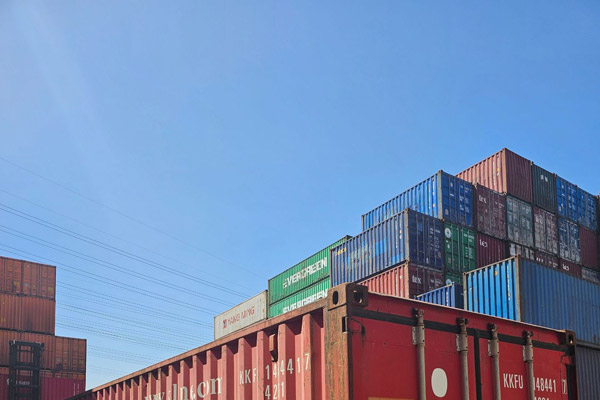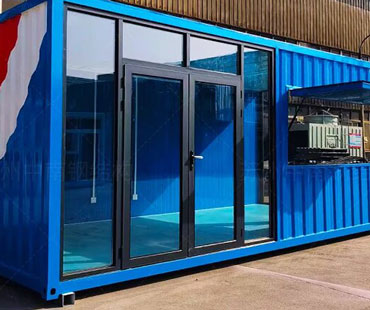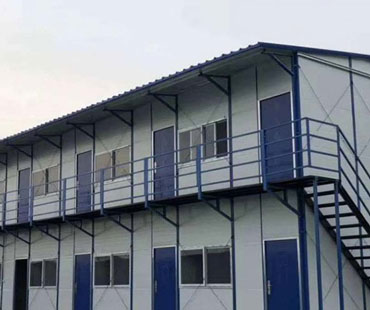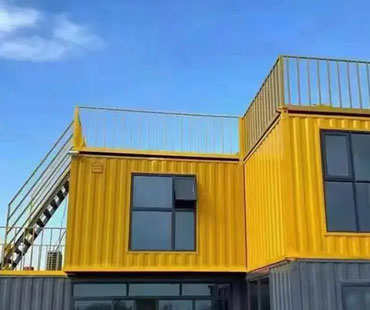In an increasingly dynamic world, the demand for customizable solutions has extended beyond traditional construction methods to encompass container homes and buildings. The container customization process combines innovative design, practical engineering, and efficient logistics to create tailored spaces that meet the unique needs of individuals and businesses alike.
1. Understanding Container Customization
Container customization refers to the process of modifying shipping containers to create functional spaces that serve various purposes, such as residential homes, offices, pop-up shops, or recreational areas. This process allows for the transformation of a simple metal box into a versatile and aesthetically appealing structure that can meet specific client requirements.
2. Initial Consultation and Needs Assessment
The customization journey begins with an initial consultation, where clients communicate their needs, preferences, and budget. During this phase, several key factors are considered:
-Purpose of the Container: Understanding the intended use is crucial. Whether the container will serve as a home, office, or retail space, the design must cater to its function.
-Site Analysis: Evaluating the intended location helps identify any unique challenges or opportunities. Factors such as climate, topography, and access to utilities play a significant role in the design process.
-Budget Constraints: Discussing budget parameters upfront ensures that the design remains feasible while still accommodating the client’s vision.
3. Conceptual Design and Planning
Once the initial requirements are gathered, the design team begins the conceptual phase. This involves creating preliminary sketches and 3D renderings to visualize the proposed modifications. Key aspects of this stage include:
-Floor Plan Development: Designers create efficient layouts that maximize space utilization, ensuring that every square foot serves a purpose. This often includes multifunctional areas that can adapt to various needs.
-Aesthetic Choices: The exterior and interior design choices are finalized, including materials, colors, and finishes. This is where the client's personal style can be integrated into the design.
-Sustainability Features: Incorporating eco-friendly elements, such as energy-efficient windows, insulation, and renewable energy sources, is increasingly important in modern designs.

4. Engineering and Structural Modifications
With a finalized design in hand, the engineering team assesses the structural integrity of the container. This phase includes:
-Structural Analysis: Determining how modifications, such as cutting openings for doors and windows, will affect the container’s strength is vital. Engineers ensure that any changes comply with safety standards.
-Modifications: Depending on the design, modifications may include reinforcing walls, adding insulation, and installing plumbing and electrical systems. This stage is critical to ensuring the container meets building codes and client specifications.
5. Fabrication and Construction
Once the engineering plans are approved, the fabrication process begins. This involves:
-Container Procurement: Sourcing high-quality, used shipping containers that meet the desired specifications. Quality checks are performed to ensure structural integrity.
-Modification Process: Skilled craftsmen and technicians execute the modifications as per the approved designs. This includes cutting, welding, painting, and installing necessary systems.
-Quality Assurance: Throughout the construction phase, regular inspections are conducted to ensure that all work meets the established guidelines and quality standards.
6. Delivery Logistics
After the container is fully customized and inspected, the logistics of delivery come into play. This stage involves:
-Site Preparation: Prior to delivery, the site must be adequately prepared. This may include creating a foundation, ensuring proper drainage, and connecting utilities.
-Transportation: Coordinating the transportation of the modified container to the site is critical. Specialized trucks and equipment may be needed to handle the heavy and oversized cargo.
-Installation: Once delivered, the container is positioned on the prepared site. This may involve using cranes or other heavy machinery to ensure precise placement. Final connections to utilities are established, and any remaining finishing touches are completed.
7. Final Inspection and Handover
Following installation, a final inspection is conducted to ensure that everything meets the client’s expectations and adheres to safety regulations. This stage includes:
-Walkthrough with the Client: A comprehensive walkthrough allows clients to review the final product, ask questions, and address any concerns.
-Documentation and Warranty: Clients receive relevant documents, including warranties for materials and workmanship, maintenance guidelines, and operational manuals for installed systems.
The container customization process is a multifaceted journey that transforms simple shipping containers into functional and aesthetically pleasing structures. From the initial consultation to the final delivery, each step is essential in ensuring that the end product meets the specific needs and desires of the client. As the demand for innovative and sustainable housing solutions continues to grow, the customization of container homes and buildings presents an exciting opportunity to create unique spaces that reflect individual lifestyles and values. By embracing this process,we can not only address pressing housing and space needs but also promote sustainability and creativity in modern living.


